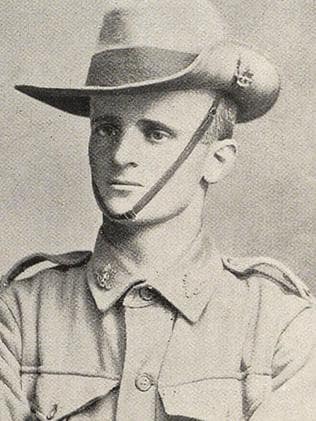Welcome
The Soldier’s Memorial Avenue forms part of the Queens Domain in Hobart, Tasmania. It is a commemorative avenue of comprising 520 trees planted in 1918 and 1919 to commemorate soldiers, mainly from Hobart, who died in World War I (the Great War) 1914–1918. Additional trees were added in the Soldiers Memorial Avenue Extension in the Cenotaph precinct in 1926. In all there are 533 individually named trees plus one for an Unknown Soldier and three trees planted by dignitaries.
This site contains photos, maps and text of the history of the walk, the soldiers who are commemorated there. Since the formation of Friends of Soldiers Memorial Avenue Inc.(FOSMA) in 2002 there has even a concerted effort to restore the Avenue. The Hobart City Council has replaced all missing, dead and sick trees starting from 2008. FOSMA has researched all the soldiers and progressively installed new plaques and plinths from 2005 onwards. This process was completed in 2014.
UNITS
The soldiers are commemorated because of a family connection to Hobart. They served in over 100 different units. Six served with the New Zealand Expeditionary Force, and three with the Royal Flying Corps and three more with the British Expeditionary Force. In all 35 infantry battalions of the 1st AIF are represented, reflecting enlistment in other States or random allocation before embarkation.
12th Battalion – 167
40th Battalion – 60
26th Battalion – 49
52nd Battalion – 42
47th Battalion – 10
15th Battalion – 28
46 were part of the Australian Field Artillery, four served in the 36th Heavy Artillery Group. Two served with the Australian Flying Corps. 18 were in Field Companies (Engineers). Five served in Field Ambulances and a number with AMC details in infantry battalions. Supply units and pioneers are also present. There is one nurse and one sailor.
YEAR OF DEATH
The pattern of trees in the Avenue reflects the chronology of the war for the 1st AIF and the chronology of grief for families. The worst month for Hobart families was October 1917 with 55 men losing their lives in attacks on Broodseinde Ridge.
1915 – 68
1916 – 135
1917 – 190
1918 – 136
1919 – 6 (died of sickness)
You can find more detailed information further on in the site.
TREES
The original trees of the Avenue were Himalayan, Atlas and Blue Atlas Cedars, chosen for their longevity. Many have laboured in the dry and rocky soils of the Domain. In the 1960s, some Italian Cypress were planted as replacement.
By 2002 only 330 trees survived with many of these in poor condition. All new trees planted since 2008 have been Lebanese Cedars, the most drought resistant and hardy of the cedar family.
BADGES
The shoulder patches worn by the AIF carried their own codes. The shape indicated the division, combinations of colours the order of the battalions in a Brigade and Brigade in Division.
Specialists units had their own colours in the division shape: engineers were purple, field ambulances brown, artillery were always red and blue, supply dark blue and white.
Clockwise from top left:
12th Bn (1st Division), 26th Bn (2nd Div), 40th Bn (3rd Div), 47th Bn (4th Div), 60th Bn (5th Div).

















